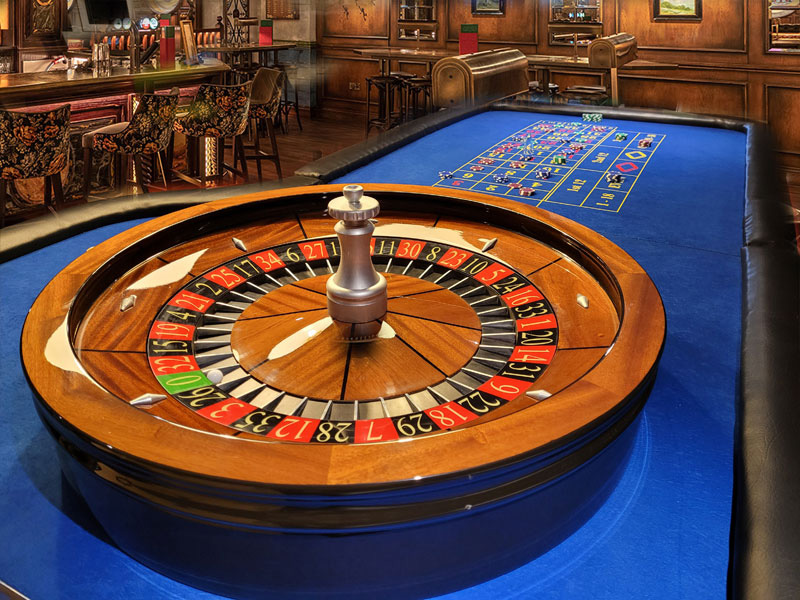
Within the vibrant and stimulating world of gaming establishments, wherein fortune and strategy intertwine, color and aesthetic play a pivotal role in drawing in gamblers. As soon as players step inside a casino or log into a gaming platform, they are immersed in a sightly feast that grabs their attention and entices them to explore more. Bright colors, captivating graphics, and innovative layouts are carefully crafted to create an environment of excitement and anticipation, ultimately enhancing the gaming encounter.
As players move through the dynamic landscape of casino games, they encounter a variety of designs that not only serve aesthetic purposes but also affect emotions and choices. Colors like scarlet and gold symbolize riches and luck, while soothing navy and emeralds can create a more relaxed environment. Grasping how these elements work together enables casinos to create an inviting and energizing atmosphere that encourages players to interact with the games, spend additional time at the tables, and boost their general enjoyment.
The Psychology of Tint in Gambling Games
Tint plays a critical role in the development of gaming experiences, shaping players’ feelings and actions. đá gà trực tiếp Bright and vibrant colors, such as scarlet and gold, are often used to ignite excitement and draw focus. These hues create a sense immediacy and vitality, encouraging participants to engage more readily with the experience. By strategically selecting tints, designers aim to evoke emotions of pleasure and expectation, which can enhance the overall gaming experience.
Various hues also have psychological associations that can affect how players perceive their chances of victory. For instance, emerald is commonly associated with luck and wealth, making it a popular choice in activities like roulette and poker setups. This association can lead participants to feel more hopeful and self-assured in their gaming, ultimately inspiring them to bet more. Understanding these connections allows game creators to craft environments that enhance player enjoyment and engagement.
In addition, the layout of gaming interfaces often utilizes blended colors and differing colors to guide player actions. For case, winning results may be emphasized with vivid, opposing colors, creating a visual cue. This approach strengthens favorable outcomes and encourages repeated gameplay. By leveraging the psychology of color, casinos can design games that not only captivate gamblers but also hold them involved and dedicated in their gaming experience.
Design Features that Engage Players
The visual appeal of casino games is largely influenced by the use of bold colors. Bright and striking colors are strategically chosen to create an inviting atmosphere that captures attention. For example, crimson and golden hues often signify good fortune and wealth, which is why they are prevalent in the palettes of gaming machines and game surfaces. These colors not only draw players in, but they also evoke emotions related to excitement and expectation, enhancing the total gaming experience.
In addition to color, the design and layout of gambling games play a significant role in player attraction. Games are designed to be intuitive, ensuring that players can quickly understand the guidelines and gameplay. Accessible interfaces, along with captivating graphics and motion, help maintain player interest and promote longer play sessions. The physical elements, such as the feel of the buttons and the sounds of the games, also add to a holistic sensory experience that keeps players immersed.
In conclusion, conceptual elements in game design can significantly influence gaming decisions. Many gambling games are inspired by media, myths, or exploration motifs, incorporating symbols and characters that connect with players. These themes create a sense of engagement and relatability, making each game feel distinct. When players feel a connection to the concept, they are more likely to choose that game over others, leading to increased participation and excitement within the casino environment.
Case Studies: Successful Casino Table Game Designs
One prime example of impressive gambling game design is the popular slot machine series themed around blockbuster movies. Games such as those based on the The Wizard of Oz and Game of thrones utilize bright colors and high-quality graphics to enthrall players in familiar narratives. The employment of lively visuals and captivating sound effects takes the interest of players, building an emotional connection to the theme. This approach not just promotes longer play but also enhances the overall gaming experience, yielding increased player retention.
Another notable case is the application of the psychology of color in table games like blackjack and the wheel. Casinos often design these games with deep reds and greens, colors traditionally associated with luck and wealth. For instance, the green felt on a blackjack table provides a soothing effect, while the crimson accents in roulette invite excitement. This intentional use of color helps to establish an inviting atmosphere that encourages players to participate, addressing their psychological impulses and enhancing their enjoyment.
Finally, social casino games that incorporate community features and vivid, colorful designs have seen remarkable success in engaging players. Games like Zynga Poker and Slotomania leverage striking colors and playful animations to forge an inviting online environment. The addition of leaderboards, social sharing options, and in-game rewards fosters competition and community, drawing players in for longer sessions. Such designs merely make the games visually attractive but also underscore social interaction, a key factor in player retention and engagement within online casino environments.
